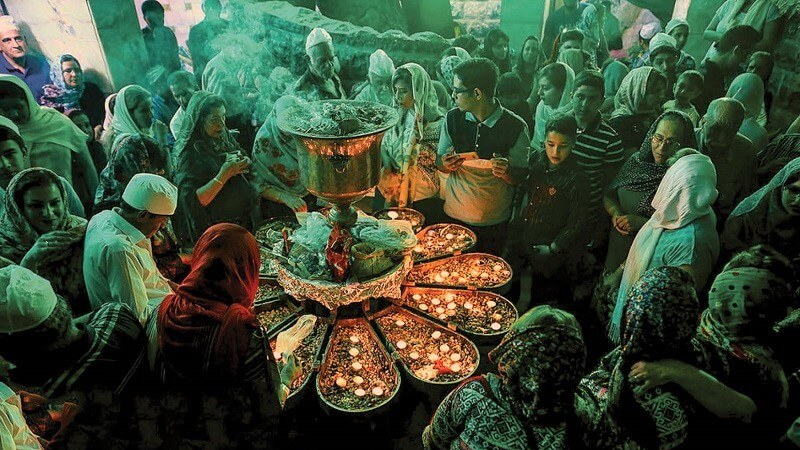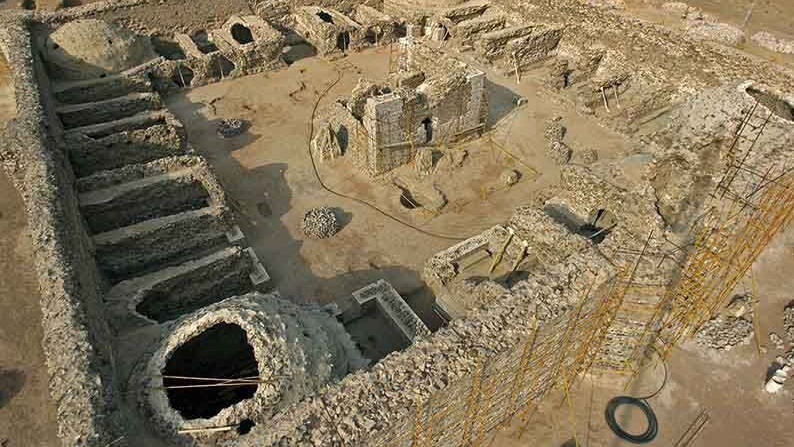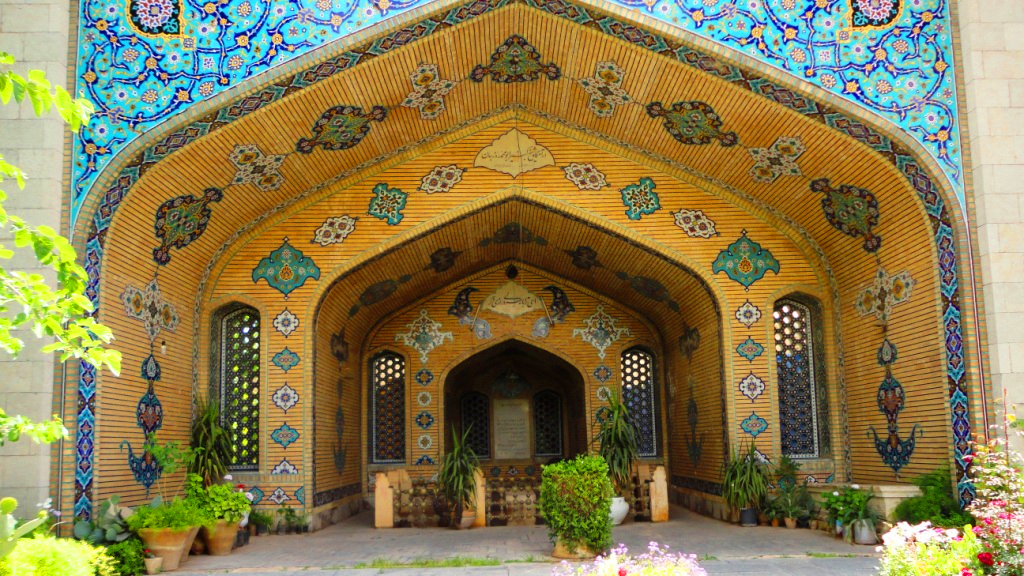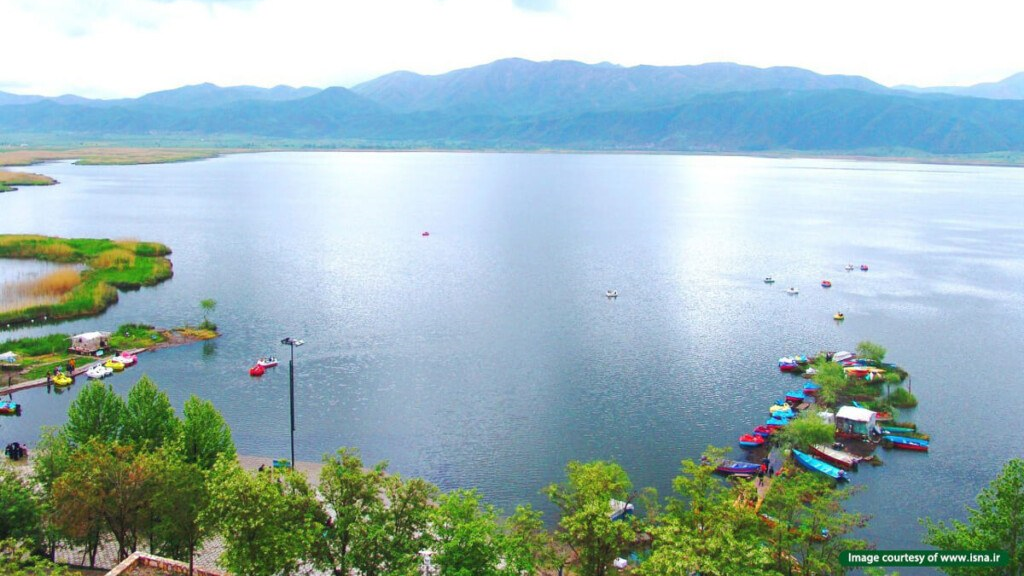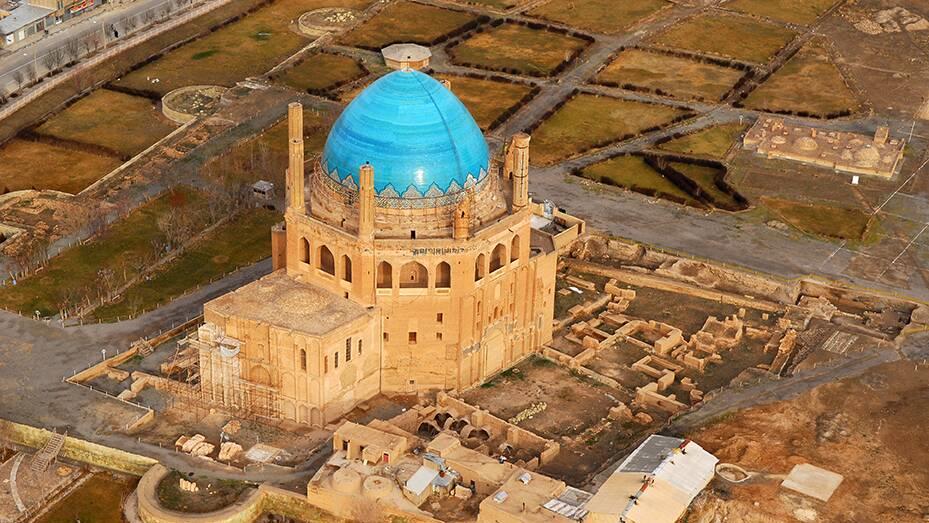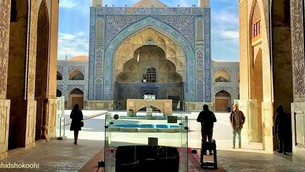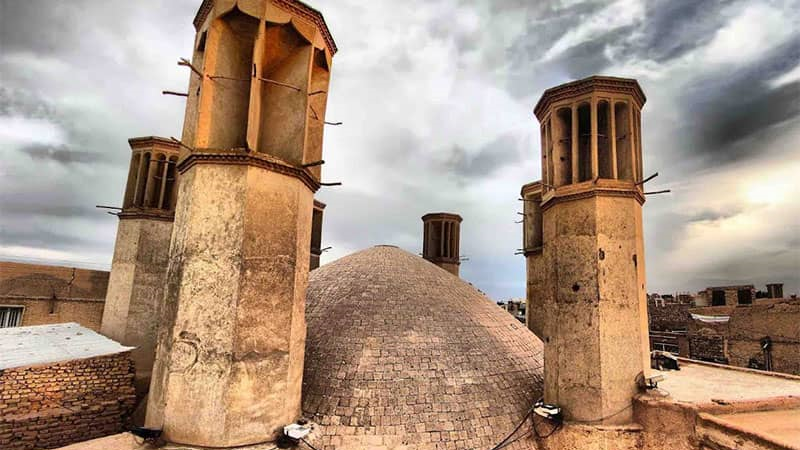
Shazdeh Mahan Garden — the marvel of Persian garden design in the heart of an arid land
The construction of this beautiful garden dates back to the late Qajar period (late 19th century CE). It was commissioned by Mohammad Hassan Khan, the then-governor of Kerman, who sought to create a pleasant and refreshing retreat in the midst of Kerman’s hot and arid desert landscape. However, he passed away before the project was completed and never witnessed the final outcome of his vision.
History and Features of Shazdeh Garden
The creation of this beautiful garden dates back to the late Qajar period (late 19th century). A man named Mohammad Hasan Khan, then governor of Kerman, ordered its construction. He wished to create a pleasant and refreshing retreat amid the hot, arid deserts of Kerman. However, he did not live long enough to see the results of his efforts. After his death, Abdolhamid Mirza Naser al-Doleh, a grandson of Naser al-Din Shah Qajar (who reigned from 1831 to 1896), became the governor of Kerman and continued the project. He devoted eleven years to building the garden but, like his predecessor, passed away before its completion. After his death, construction was abandoned, but the people named the garden “Shahzadeh” (meaning ‘Prince’) in his memory. The unfinished decorations can still be seen on the garden’s walls. The construction is believed to have been completed around 1897 CE (1276 AH). 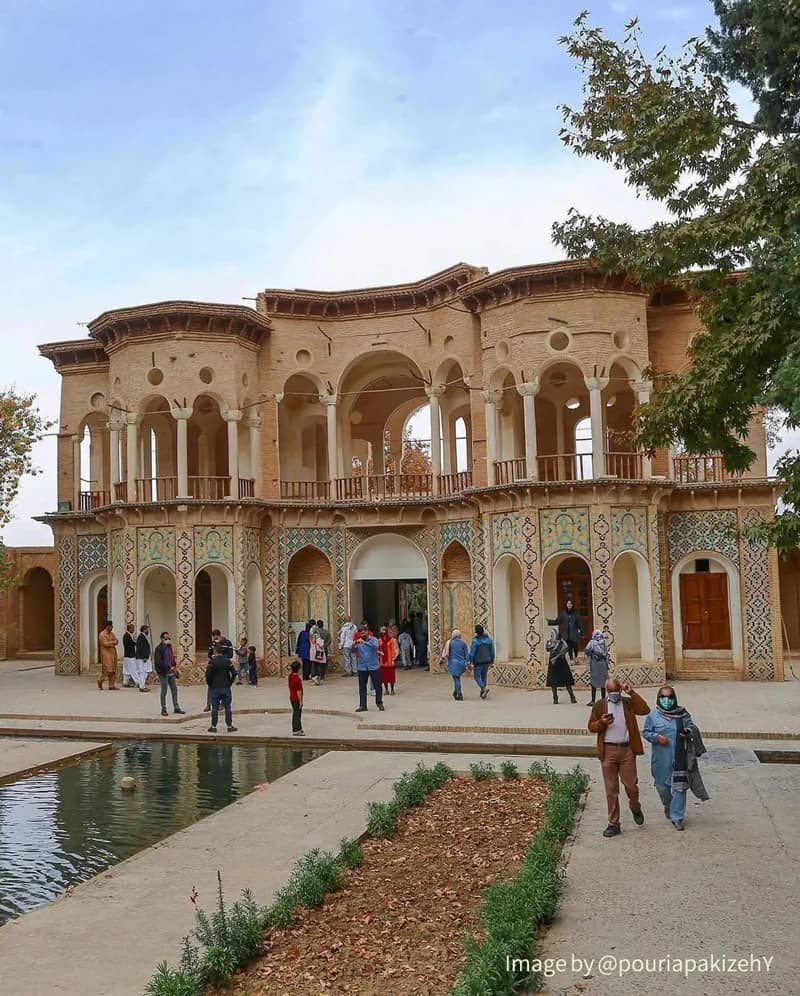 The construction of this beautiful garden dates back to the late Qajar period (late 19th century CE). It was commissioned by Mohammad Hassan Khan, the then-governor of Kerman, who sought to create a pleasant and refreshing retreat in the midst of Kerman’s hot and arid desert landscape. However, he passed away before the project was completed and never witnessed the final outcome of his vision.
The construction of this beautiful garden dates back to the late Qajar period (late 19th century CE). It was commissioned by Mohammad Hassan Khan, the then-governor of Kerman, who sought to create a pleasant and refreshing retreat in the midst of Kerman’s hot and arid desert landscape. However, he passed away before the project was completed and never witnessed the final outcome of his vision.
History and Features of Shazdeh Garden
The creation of this beautiful garden dates back to the late Qajar period (late 19th century). A man named Mohammad Hasan Khan, then governor of Kerman, ordered its construction. He wished to create a pleasant and refreshing retreat amid the hot, arid deserts of Kerman. However, he did not live long enough to see the results of his efforts. After his death, Abdolhamid Mirza Naser al-Doleh, a grandson of Naser al-Din Shah Qajar (who reigned from 1831 to 1896), became the governor of Kerman and continued the project. He devoted eleven years to building the garden but, like his predecessor, passed away before its completion. After his death, construction was abandoned, but the people named the garden “Shahzadeh” (meaning ‘Prince’) in his memory. The unfinished decorations can still be seen on the garden’s walls. The construction is believed to have been completed around 1897 CE (1276 AH). 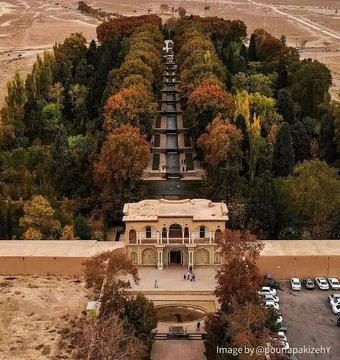
Location of Shazdeh Mahan Garden
National and World Heritage Registration
| Name | Shazdeh Mahan Garden — the marvel of Persian garden design in the heart of an arid land |
| Country | Iran |
| State | Kerman |
| City | Kerman |
| Type | Historical,Natural |
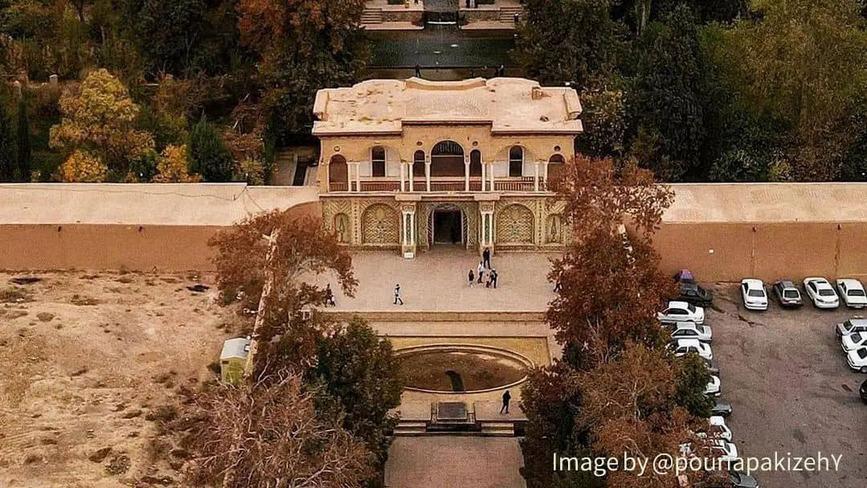
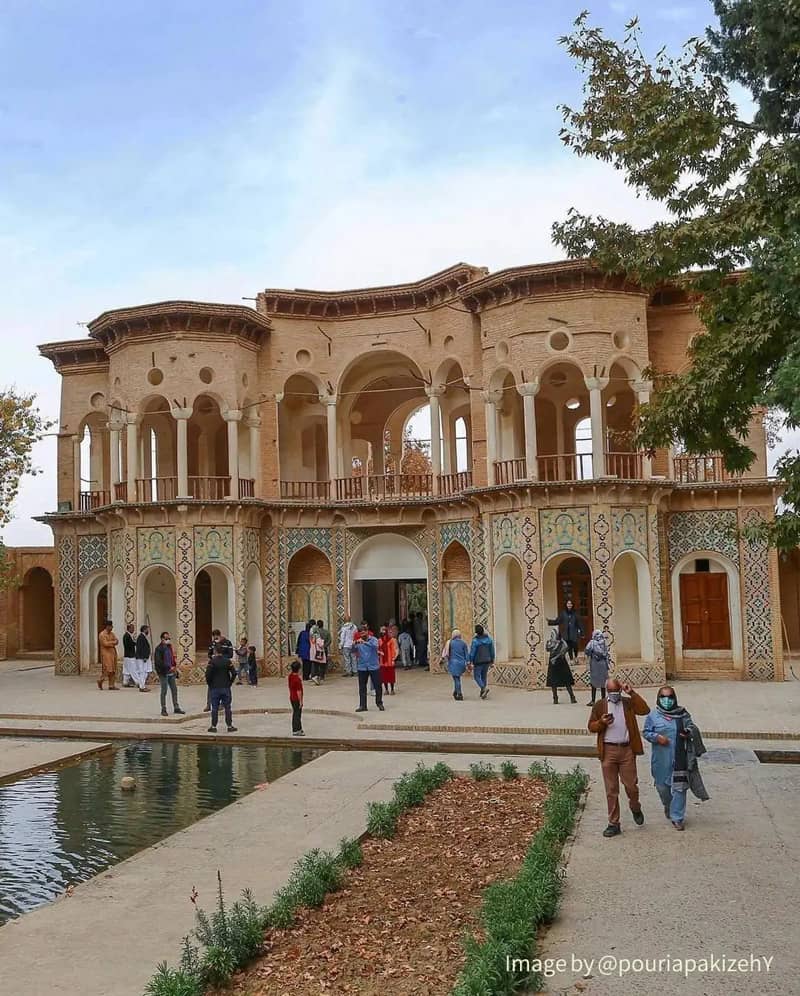


Choose blindless
Red blindless Green blindless Blue blindless Red hard to see Green hard to see Blue hard to see Monochrome Special MonochromeFont size change:
Change word spacing:
Change line height:
Change mouse type:
.jpg)
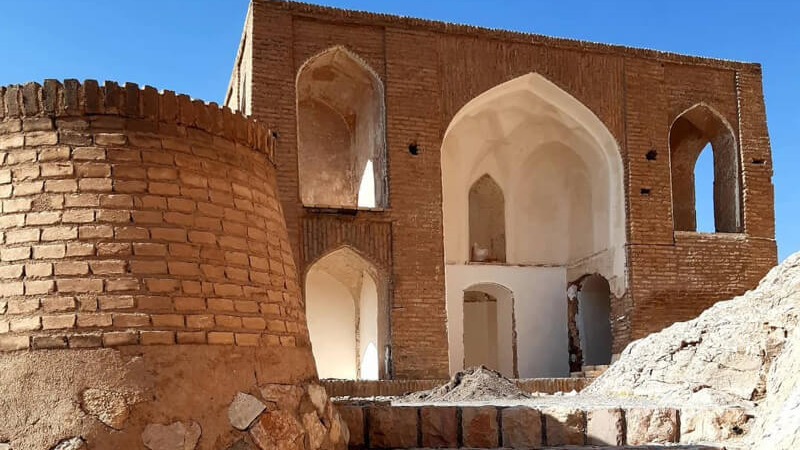
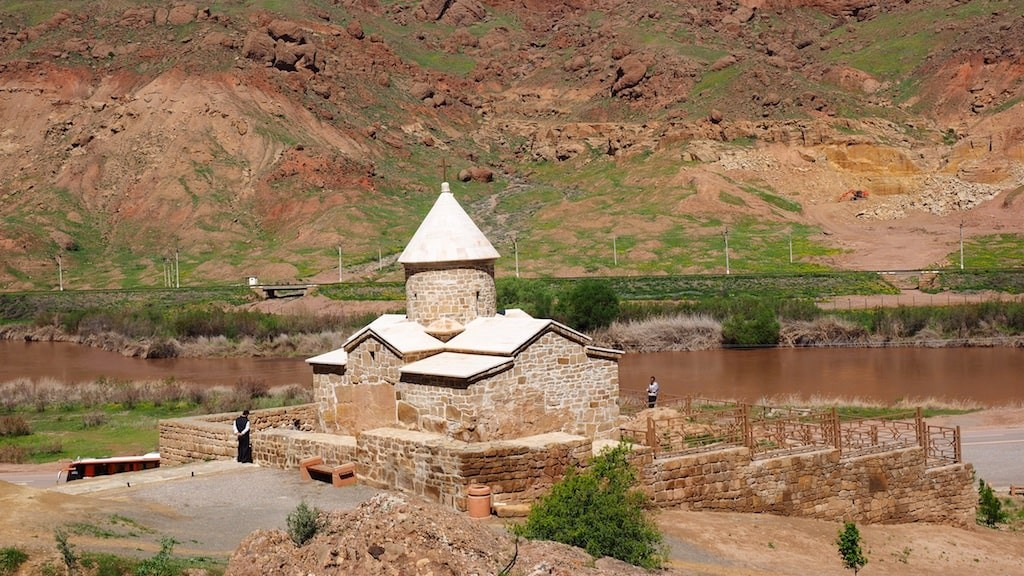
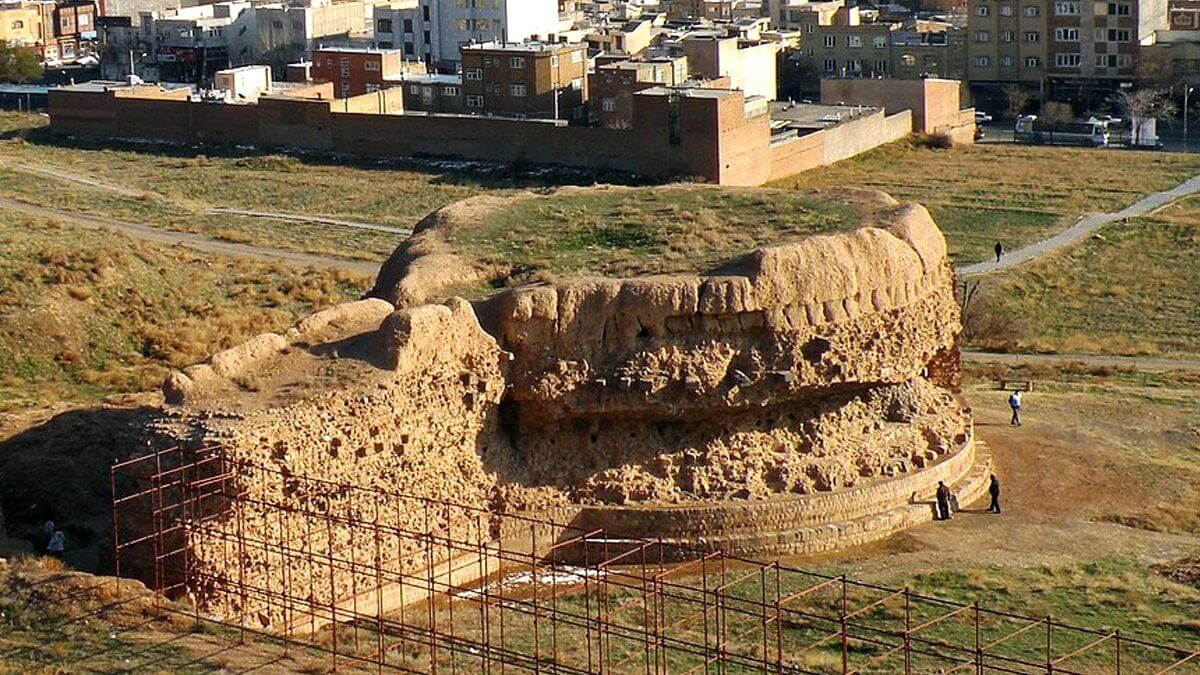
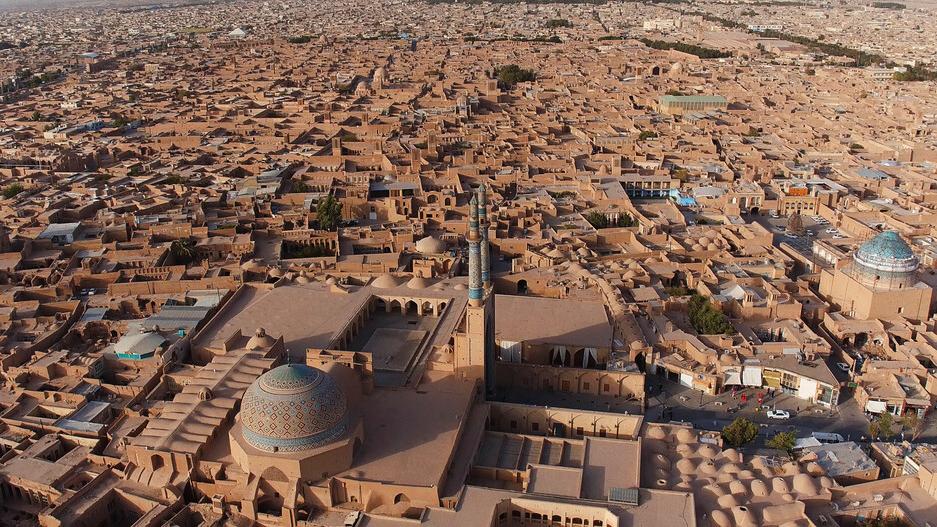
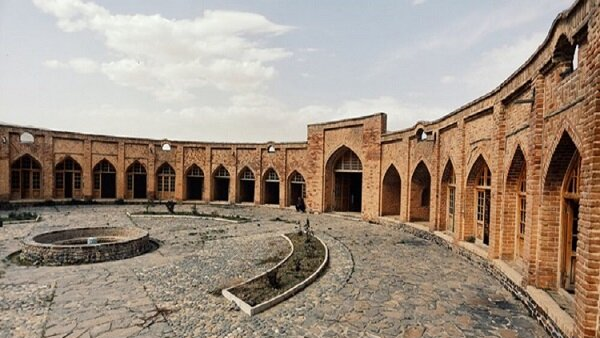
_crop_2.jpg)
